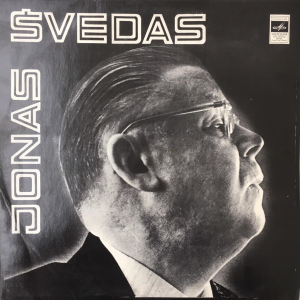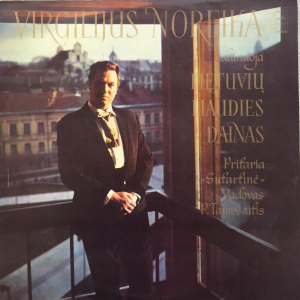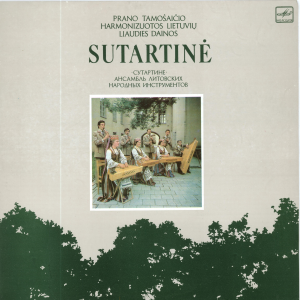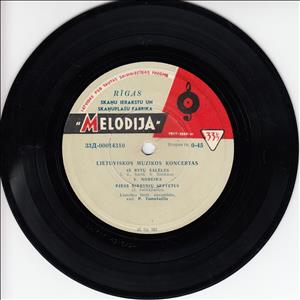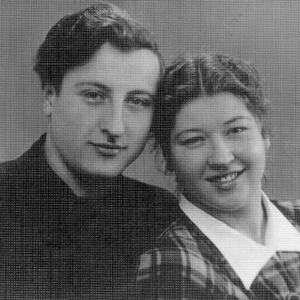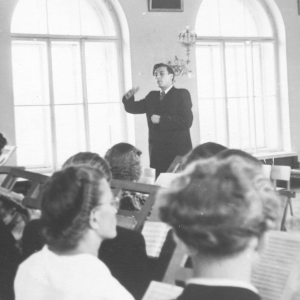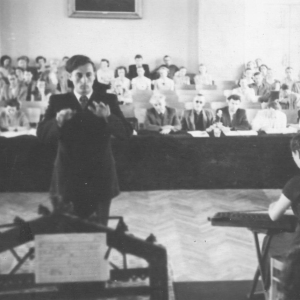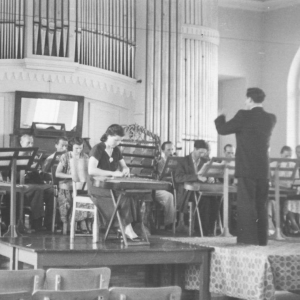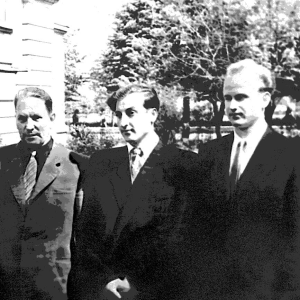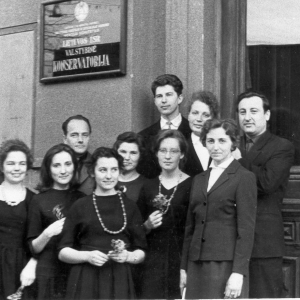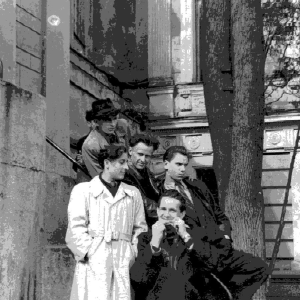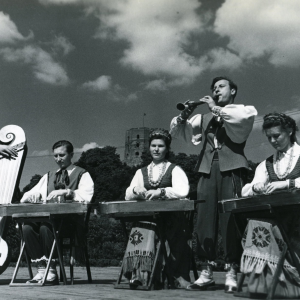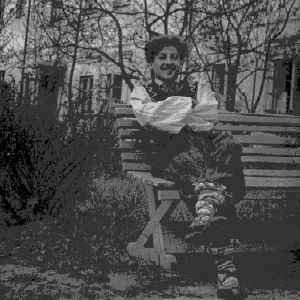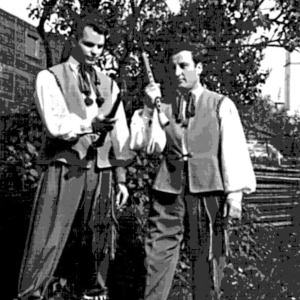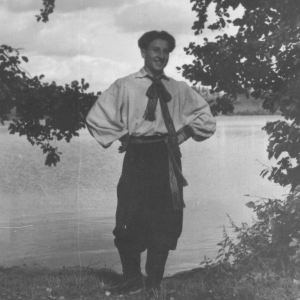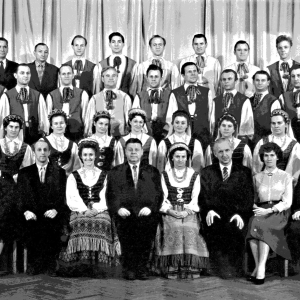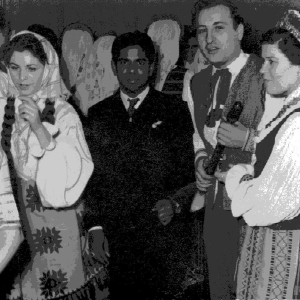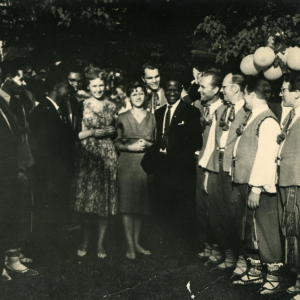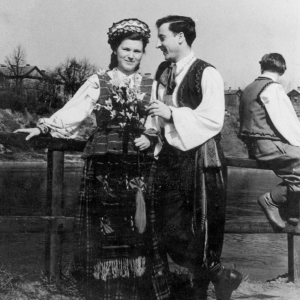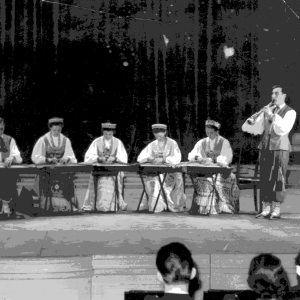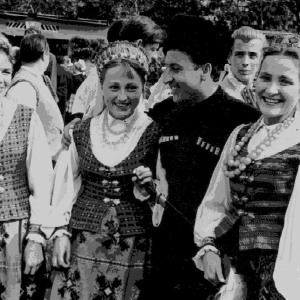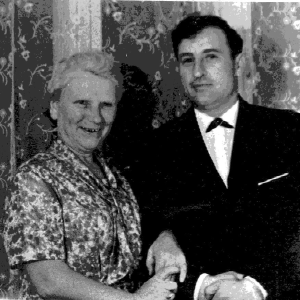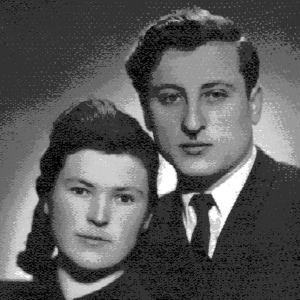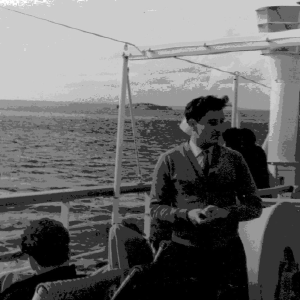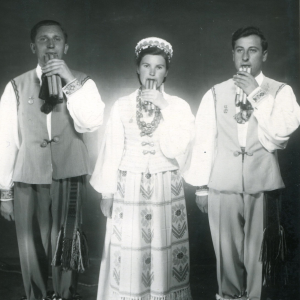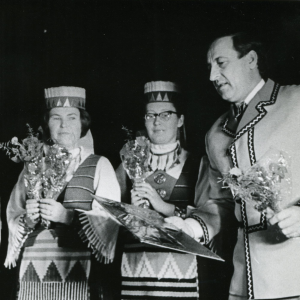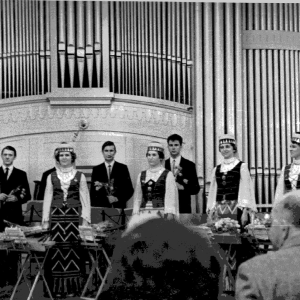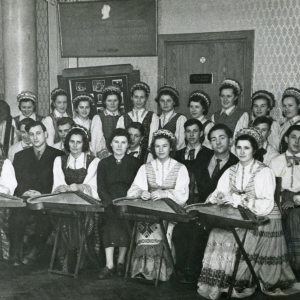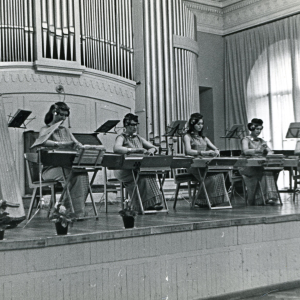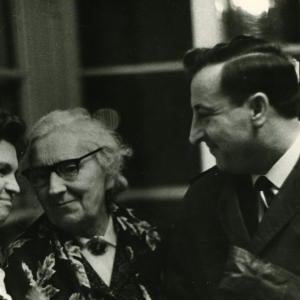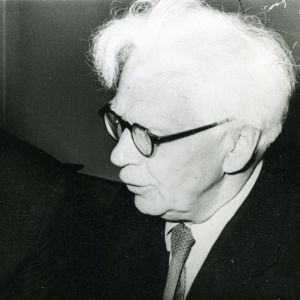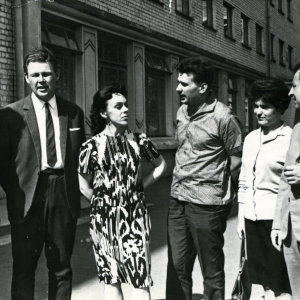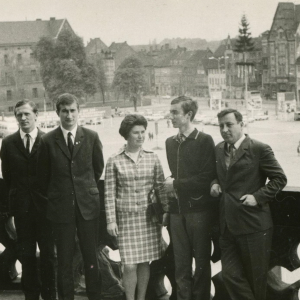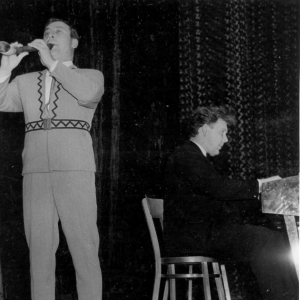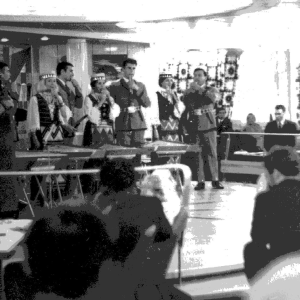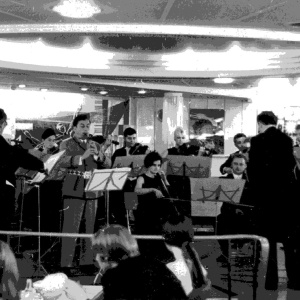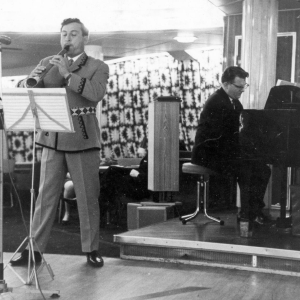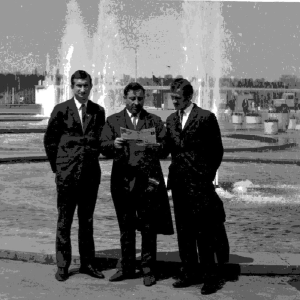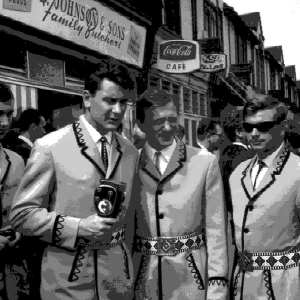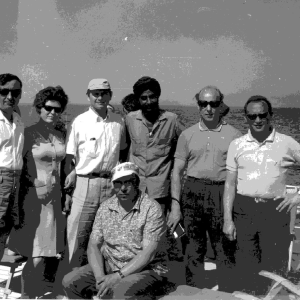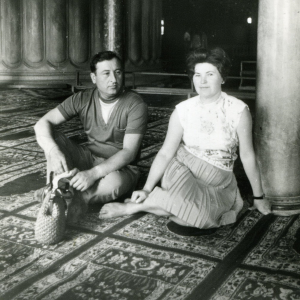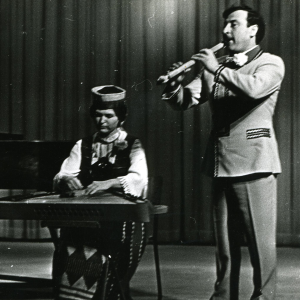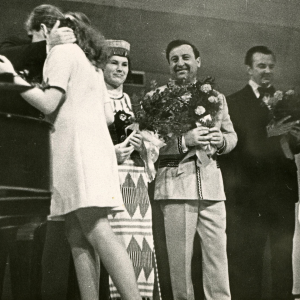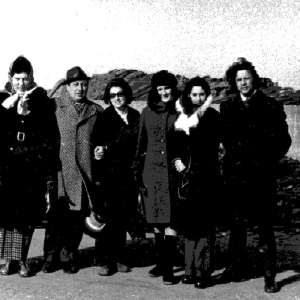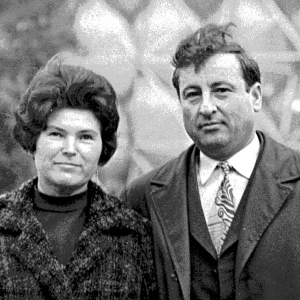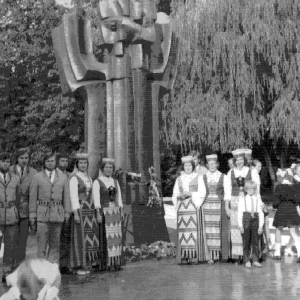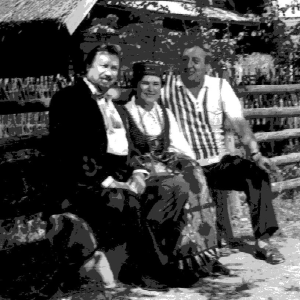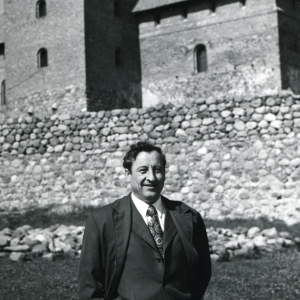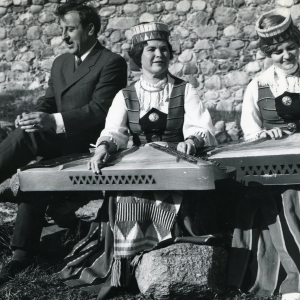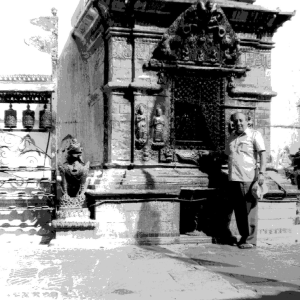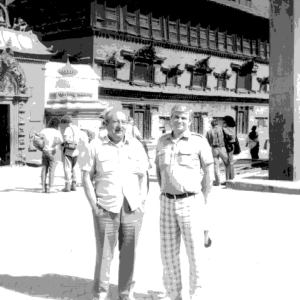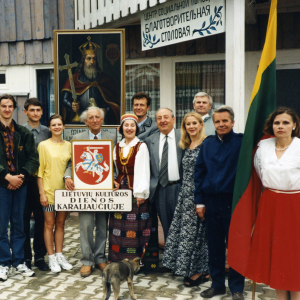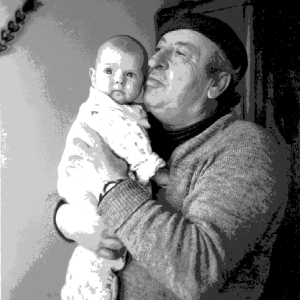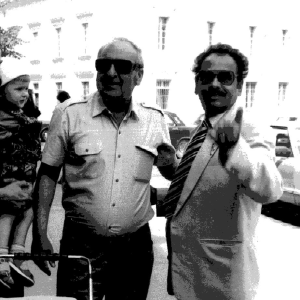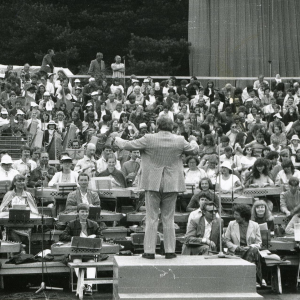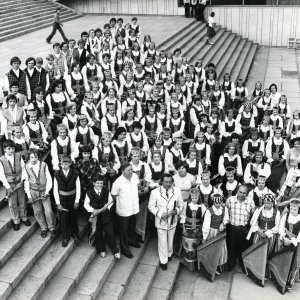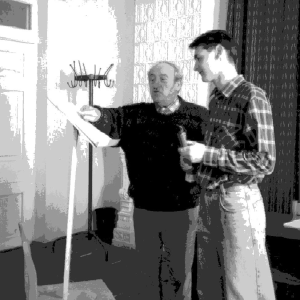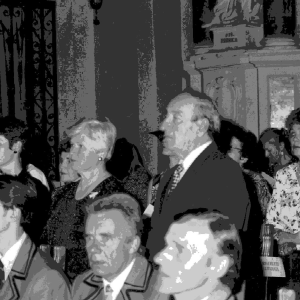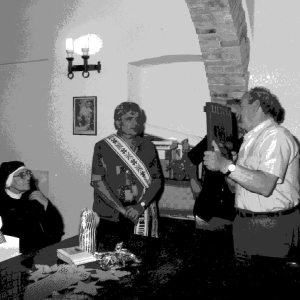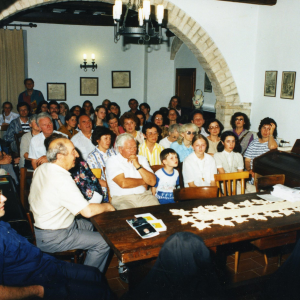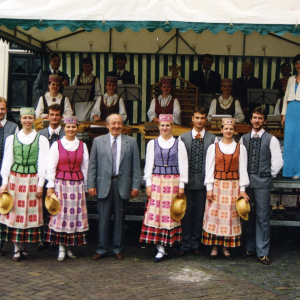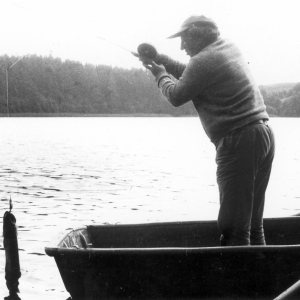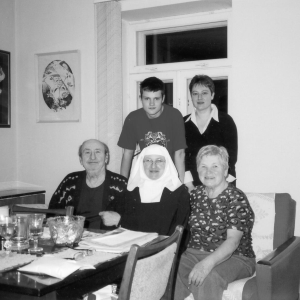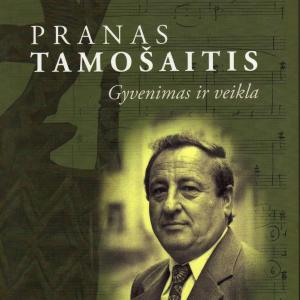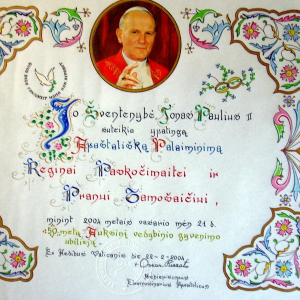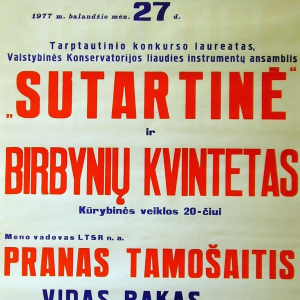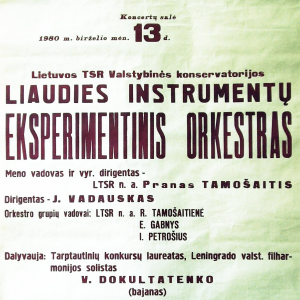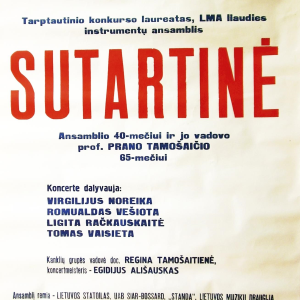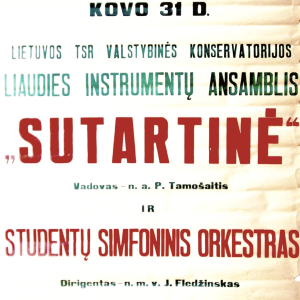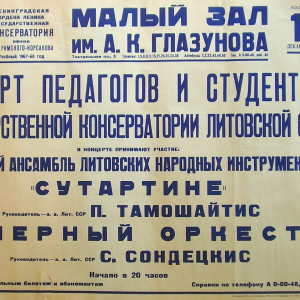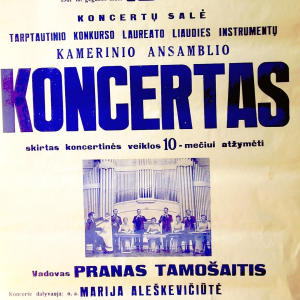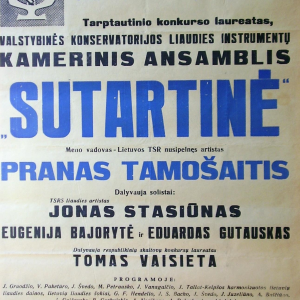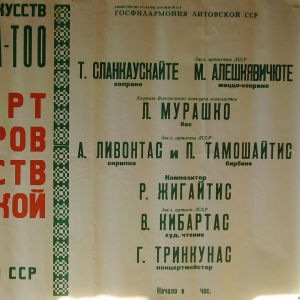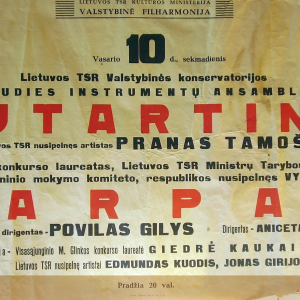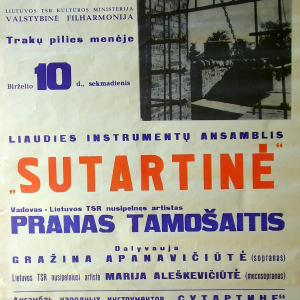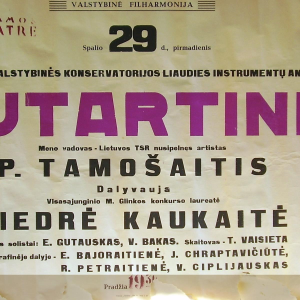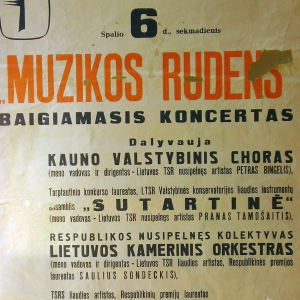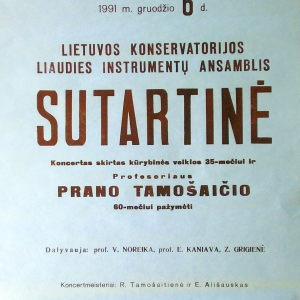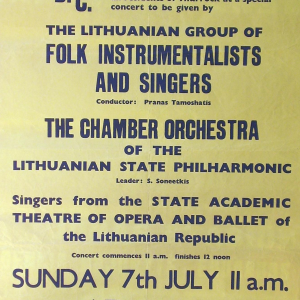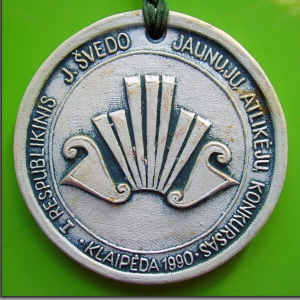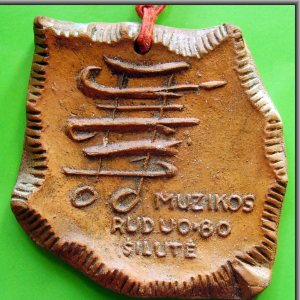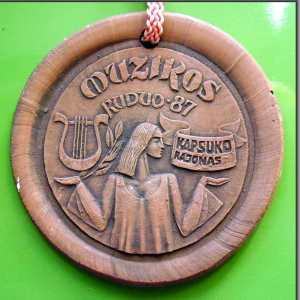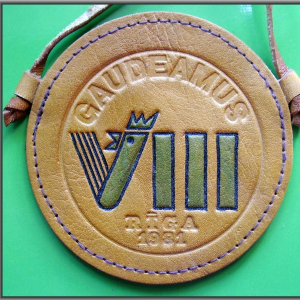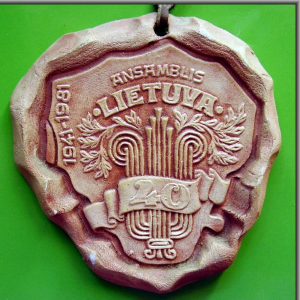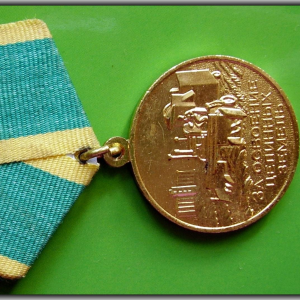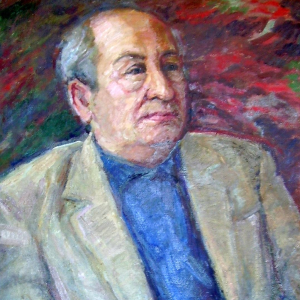
Pranas Tamošaitis (1931-2007)

Pranas Tamošaitis: the Life and Activities
This monograph is dedicated to Professor Pranas Tamošaitis (1931–2007), a famous Lithuanian birbynė virtuoso player, conductor, composer and honourable artist of the Republic of Lithuania. During the 20th century, Lithuanian folk music underwent tremendous changes and perpetual flourishing, new genres came into being, and modern modified instruments and costumes entered the concert stage. In 1945, the State Song and Dance Company Lietuva (Lithuania) as well as the Department of Lithuanian Native Instruments of the Lithuanian Conservatoire (now the Lithuanian Academy of Music and Theatre) was founded by Jonas Švedas with a purpose to prepare professional Lithuanian national instrument players. Švedas wanted to take and modify the ancient traditional Lithuanian folk instruments like skudučiai, lamzdelis, ragas, daudytės, birbynė, skrabalai, tabalai, kelmas, kanklės and some others and to present them to the world. For this purpose, Lithuanian makers Pranas Serva, Pranas Kupčikas and others modified the single–reed woodwind instrument (folk clarinet) birbynė so it could perform the Lithuanian and European classical repertoire and at the same time keep the peculiar characteristics such as timbre. Pranas Tamošaitis was among the first graduates who had professional training in this field. His creative work started at the State Song and Dance Company Lietuva in 1951. Later he became the first birbynė player, who in 1957, in a contest with the total of 90 participants, won the first prize and the golden medal at the World Youth and Students Festival in Moscow in two categories, as a soloist and as the leader of an ensemble of Lithuanian folk instruments, which after ten years of brilliant concert tours took the name Sutartinė. Pranas Tamošaitis led the group for 45 years, and toured many European and Asian States, Canada. Pranas Tamošaitis and ensemble Sutartinė has given over three thousand concerts, often together with Lithuanian and foreign soloists, ensembles and orchestras. He has given the first performances of music written especially for birbynė and ensemble Sutartinė by many Lithuanian composers. Pranas Tamošaitis and ensemble Sutartinė played for six LP a large scale pieces of Lithuanian composers and world classic music.
The monograph consists of two parts and four chapters, an appendix, summary and index of names. Part one reveals the life and activities of Pranas Tamošaitis as a soloist, leader of a chamber group of Lithuanian instruments Sutartinė, creator of an experimental orchestra of folk instruments, pedagogue, member of a various competition judges and conductor of Lithuanian song festivals. In the Introduction, Prof. Algirdas Vyžintas discusses the problem of modified kanklės, lamzdeliai, and especially the birbynė, their evolution and the necessity to found the National orchestra of folk instruments, in which the wide diversity of unique instruments, their true characteristics and music would preserve the authentic ancient background. Stating that the task of Jonas Švedas to bring Lithuanian folk culture to the professional level and make it prominent among the other cultures of the world was very brave and a rather unprecedented phenomenon, he criticizes the academic trend of the Department of Lithuanian Folk Instruments as following too much in the footsteps of classical manner of the European musical tradition. In this respect the professor analyzes the playing of Pranas Tamošaitis as the one distinctly notable for its lyrical and peculiar native character, which he describes by the special term raliavimas (some approximation of quaver or warble). The other chapters describe his work as a distinguished professor of the Lithuanian Academy of Music, the founder of the new genre of Lithuanian chamber instrumental native music and a great master who helped an amateur artistic work of the field achieve great success in performing folk music on a rather high level, as was the case of the ensemble of Vilnius medical workers Rūta, which was founded and guided by Pranas Tamošaitis for 23 years.
Next, the autobiography of Pranas Tamošaitis, which has been reconstructed from audio tapes, is included into the book as a vivid and valuable historical witness of the time. The narrative is expressed in a fluent and absorbing style and gives the retrospection of the most important events of Tamošaitis’s life and work from his childhood and war-time to the year 1995. The professor did not keep a diary, except some letters and official accounts, so his words are of great help in filling the gaps of an apparently very intensive artistic and social life, as many documents show.
The theoretical-methodological works and articles of Pranas Tamošaitis form a separate unit of part one. Here one can find the program of the birbynė major at the Chamber Ensemble Department, publications in periodicals about Jonas Švedas and some professional topics (6).
The article then scrutinizes the features of Tamošaitis’s creative work. Composer and musical publicist Anatolijus Lapinskas analyzes the original and orchestrated instrumental pieces, among them waltzes and polkas, opuses for the birbynė quintet, and harmonized Lithuanian folk songs. The personal as well as Sutartinės archives still contain 179 his own and 620 other composers’ instrumental and vocal works orchestrated by Tamošaitis, though his own accounts and copious musical records show that he did much more, up to 1 000, of the latter. That means that there are about 400 scores missing or being used by somebody else.
Tamošaitis’s creative works were extremely popular during his lifetime, they were broadly performed by himself, by Sutartinė and by many leading vocalists soloists, other chamber ensembles in Lithuanian concert halls, on TV and national radio and were broadcast in other neighborly countries. Following the example of his professor, Jonas Švedas, Pranas Tamošaitis observed the principle of sticking to the authentic character and simple composition of folk melodies, by slight variations and clear accompaniment preserving their lyrical trend and closeness to nature. Anatolijus Lapinskas infers that Tamošaitis’s compositions and orchestrated pieces are significant contribution to the treasure-house of professional folk instrumental chamber music, and that his works formed the very stylistics of that music, its sound and the spirit of national music, inseparable from them.
Very important data, originality and scholarly sense to the monograph is added by Daiva Tamošaitytė in The contribution of Pranas Tamošaitis to the formation of national identity. The research study reveals the activities of Pranas Tamošaitis from the inter-disciplinary point of view. It employs analytical and historical-comparative methods. 1. In the chapter The phenomenon of Pranas Tamošaitis’s birbynė the author analyzes the main features of interpretation of his birbynė playing, i.e. the improvisational, lyrical and vocal origins, musical perfection, high virtuosic qualities, artistic suggestion and the entirety of the aesthetically generalized principles of composing folk music. Tamošaitis participated in the development of the instrument, and had a very special specimen, which was made according to his requests. The sound of the instrument was soft, deep and pure because of a perfected technique of the breathing, and the style of playing music peculiar to him alone. The classical examples of his interpretation, among others, are Near the lake and The little rhapsody by Balys Dvarionas, Eat, little cow by Juozas Gruodis-Jonas Švedas, Song and Dance by Lionginas Abarius, Piece by Jurgis Gaižauskas. The author bases her analysis on the references and reviews which had appeared in the press in Lithuania, the republics of the former Soviet Union, Finland, Germany, Canada, England, India and other countries. The opinions she cites note the charm, the originality and the highly entertaining character of the performances of Tamošaitis’s chamber folk instrument ensemble. 2. The chapter The landmarks of understanding the meaning of national identity in music and society discusses Tamošaitis’s role in propagating of professional folk music in the world. Pranas Tamošaitis created his own type of the canonical stylized folk music, played with modified instruments, and was an adept of the evolution of the ethnographic elements in the contemporary musical culture, proceeding on the path built by Švedas. To him the main point of concern was national identity based on these forms of folk culture. During concert tours he entered into relations with Lithuanian emigrants and successfully propagated national folk art abroad. 3. The problem of nationality and identity in the Lithuanian music of the Soviet time is a chapter where the author tries to reconstruct the Soviet heritage from the perspective of critical reflection on conflicting ideologies. The renaissance of native music movements versus modernism, the authenticity of the lasting tradition and reflection on Soviet ideology are the main problems examined and put into question. The author states that in the postmodern time of pluralism the elitist and neglecting attitude of the narrow group of modernists towards the modified folk music and national identity as such must be corrected in the wider cultural context. Also, the studies of professional folk music of the period must be freed from ideology and seen in a proper way: its unique task to survive and protect the national self-esteem should be recognized.
A separate section consists of several reviews and opinions about the concert life of Pranas Tamošaitis and his ensemble Sutartinė, published by different authors in the past.
The second part of the monograph, Reminiscences of contemporaries, supplements the diversity of Pranas Tamošaitis’s life and work, describes his relationship with the relatives, his pupils, colleagues, composers and performers and casts a new light on the essence of the folk music and its place in culture. The biographical essays give the psychological and individual character sketch of the professor’s personality.
An extensive chronology of Pranas Tamošaitis’s life and work, a concert program Skamba skamba kankliai, atataria vamzdžiai, big list of Pranas Tamošaitis’s creative works, the list of his video and audio tape recordings, and a detailed bibliography is given in the appendix. The book is illustrated abundantly with the photographs and facsimiles of documents from the personal family and the others archives.
A conclusion is drawn that Tamošaitis was the first professional birbynė player who presented the national instrument abroad and won international recognition. His main contribution to the formation of Lithuanian national identity consists of the following achievements: a peculiar style of playing the birbynė; a patent obtained for the birbynė as a national Lithuanian instrument; representation of the Lithuanian musical culture on the State level in Lithuania, all former Soviet Union and neighborly so called “socialist and democratic republics”, also capitalist countries (around 3000 concerts in all); creation of the instrumental folk chamber music genre; gathering of a wide new repertoire of original pieces of his own and other composers, harmonized folk songs and dances, orchestrated works; produced 15 programs and over 1 000 tape-recordings, 6 disks, 5 video films by Sutartinė; pedagogical (32 graduates, 26 soloists and 6 conductors, from his class) and social work (conducting during Lithuanian song festivals etc.); research work and articles on important professional problems.
The work of Pranas Tamošaitis as an outstanding musician has a national and surviving value and can be studied as a distinct example of love to the motherland, its native culture and people. We are still short of this kind of research work on birbynė players like Povilas Samuitis, Pranas Budrius and other native music representatives that would try to look at the evolution of the folk music of the Soviet occupation period from the interdisciplinary point of view, combining several approaches in order to avoid prejudice and old-fashioned interpretations of that controversial time. By way of comprehensive studies, the stylized native music and its brilliant unusual history of development in the 20th century could find a proper place as a universally recognized cultural treasure of Lithuania and show an alternative to the dying ancient Lithuanian traditions. This can be achieved on condition that the musical, historical, social, anthropological and other studies are interchanging and share a common task: to reveal the vitality, diversity and beauty of the Lithuanian natural cultural heritage.


